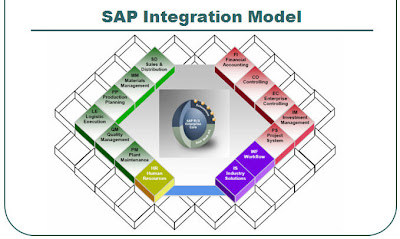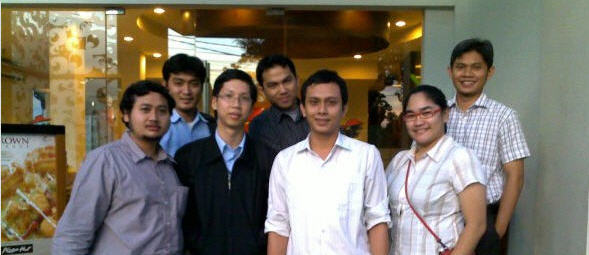
A. SAP FI Module
where FI means Financial Accounting – essentially this SAP module delivers your regulatory ‘books of record’, including
* General ledger
* Book close
* Tax
* Accounts receivable
* Accounts payable
* Asset Management (SAP AM)
* Consolidation
* Special ledgers
B. SAP CO Module
The CO stands for Controlling – basically the SAP Module which allows you to manage your internal cost/management accounting, including
* Cost elements
* Cost centres
* Profit centres
* Internal orders
* Activity based costing
* Product costing
C. SAP PS Module
PS is Project Systems – this SAP Module is where you can manage your projects, large and small, including
* Make to order
* Plant shut downs (as a project)
* Third party billing (on the back of a project)
D. SAP HR Module
The HR is for Human Resources ... people are the important part of this SAP module, including
* Employment history
* Payroll
* Training
* Career management
* Succession planning
E. SAP PM Module
where Plant Maintenance is the PM – this SAP module is where you maintain your equipment (e.g. a machine, an oil rig, an aircraft etc), including
* Labour
* Material
* Down time and outages
F. SAP MM Module
One of the most important SAP Modules where MM is Materials Management - underpins the supply chain, including
* Requisitions
* Purchase orders
* Goods receipts
* Accounts payable
* Inventory management
* BOM’s
* Master raw materials, finished goods etc
G. SAP QM Module
QM stands for Quality Management in this SAP module – improve the quality of your goods, including
* Planning
* Execution
* Inspections
* Certificates
H. SAP PP Module
One of the really big SAP modules is Production Planning – manages your production process, including
* Capacity planning
* Master production scheduling
* Material requirements planning
* Shop floor
I. SAP SD Module
Another one of the large SAP modules is Sales and Distribution – from order to delivery, including
* RFQ
* Sales orders
* Pricing
* Picking (and other warehouse processes)
* Packing
* Shipping
J. SAP BW Module
Where BW stands for Business (Data) Warehouse which includes the following main functions:
* Data extraction from source systems
* Some technical and functional transformation of the data
* Storage of the data in what are called Infoproviders
* Reporting (which uses Infoproviders)
K. SAP ABAP
Is not really a module - it stands for Advanced Business Application Programming and this is the is the structured programming language for custom development including reports.



